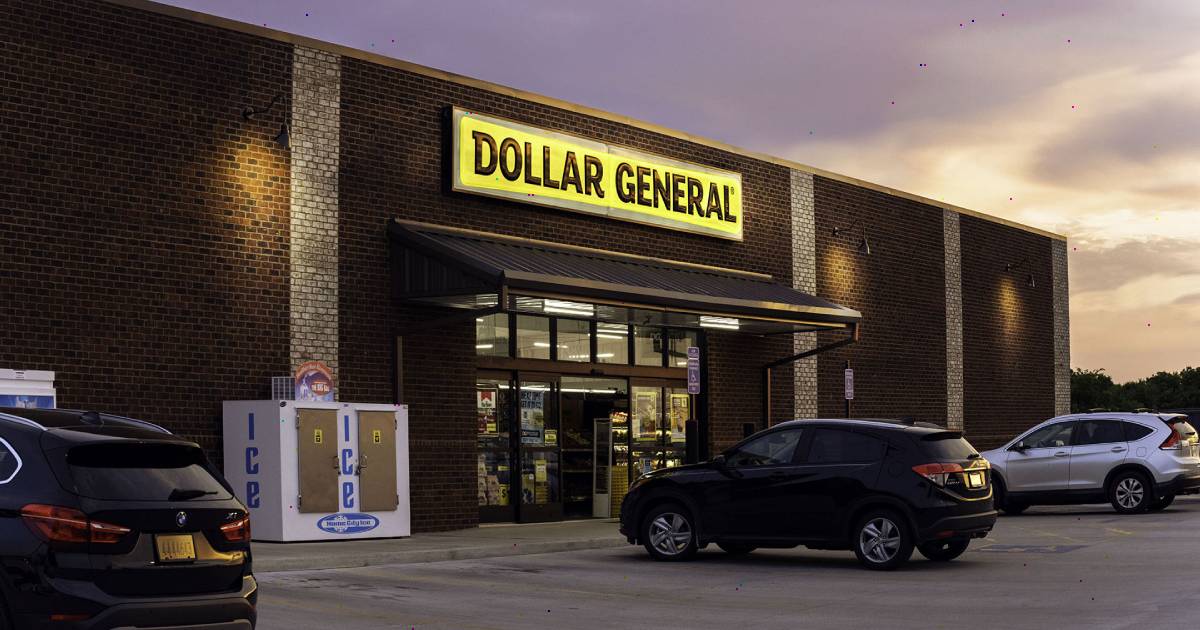Dollar Stores Announce New Pricing Strategies

By Mark Seavy
Dollar stores are launching new strategies amid tighter consumer spending, with industry experts forecasting a fall filled with price promotions.
In fact, Dollar Tree/Family Dollar, Dollar General, and Five Below have all recently released earnings marked by revised sales and profit forecasts.
While sales of food and other consumables increased slightly, sales connected to home decor, beauty items, seasonal products, and other discretionary items declined. And though licensed products were once a scarce commodity in dollar stores, they have become strong sellers with items tailored to the distribution channel.
The slowdown in sales at dollar stores was initially tied to low-income households. Households with an annual income of $35,000 and less account for 60% of revenue at Dollar General and 40% of Dollar Tree’s business. This decline in spending, however, has since spread across all consumers.
“We saw it first with low-income shoppers and then it materially drifted up in the second quarter and the middle- and upper middle-income customers started feeling the pressure,” Dollar Tree Chief Operating Officer Mike Creedon said. “They shifted to buying for need versus want, and that showed up in our discretionary products mix and leaned to consumables.”
The result is that promotional markdowns will be “heavier” than expected in the fall, Dollar General CFO Kelly Dilts said at an investor conference last week. The need to implement these promotions will likely accelerate strategies currently in place to encourage consumer spending.
Dollar Tree, for example, has launched a multi-price strategy at 1,600 stores with a goal of reaching 3,000 locations by the end of 2024. Initially, 300 items will be priced between $1.50 and $7, with plans to have these higher-priced items eventually account for 15% of products in each store. And this comes after the chain raised prices on many items to $1.25 in 2021.
Dollar Tree is also weighing the future of 8,700-store Family Dollar, which it acquired in 2015. The company announced plans to close 970 Family Dollar locations, 655 of which were shuttered as of August 3rd. Additionally, Dollar Tree—having acquired 161 of bankrupt 99 Cents Only’s 271 locations—has reopened 86 of the stores under its own banner, Creedon said.
Dollar General, meanwhile, has kept prices at $1 for about 20% of its merchandise but plans to cut around 1,000 items from its product offering, CEO Todd Vasos said. The retailer is also trimming the number of off-shelf floor displays by 50% in its stores, he said. Dollar General previously announced plans to open 1,000 Popshelf stores in suburban locations that carry a greater mix of home décor, pet supplies, beauty products, and seasonal items. As of July, 222 stores were open across 10 states, including 50 locations in Texas.
For its part, Five Below—having tested prices up to $10—will return its focus to products priced at $5 and under, interim CEO Kenneth Bull said. It also will reduce the number of products it carries and “moderate” its expansion plans with 150-180 stores forecast to open in 2025. Five Bellow will sharpen its focus on candy and beauty products as sales of sporting goods, games, and toys decline, Bull said.
“We will significantly reduce the breadth of our assortment and return to pre-pandemic levels,” Bull said. “We will lead with value, amplifying the prices that most impact our core customer. In the past, we overexpanded our assortments without a strict editing process and a key item focus that highlights value and differentiation.”
Yet as the various dollar stores ready new strategies, they face increased competition from mass retailers like Walmart and Target, which are launching promotions focused on many of the same customers, analysts said.
“Maybe their customers are spending a little bit more at Walmart and in the case of Five Below, which sells more discretionary items, it could be at Temu and Shein,” said Anthony Chukumba, Senior Research Analyst at Loop Capital Markets. “Where these retailers are struggling is discretionary items where they make much higher profit margins than they do on consumables. But these businesses aren’t going anywhere. It is just a question of what is the earnings power? They don’t need to reinvent themselves and there are changes they could make on the margin.”




